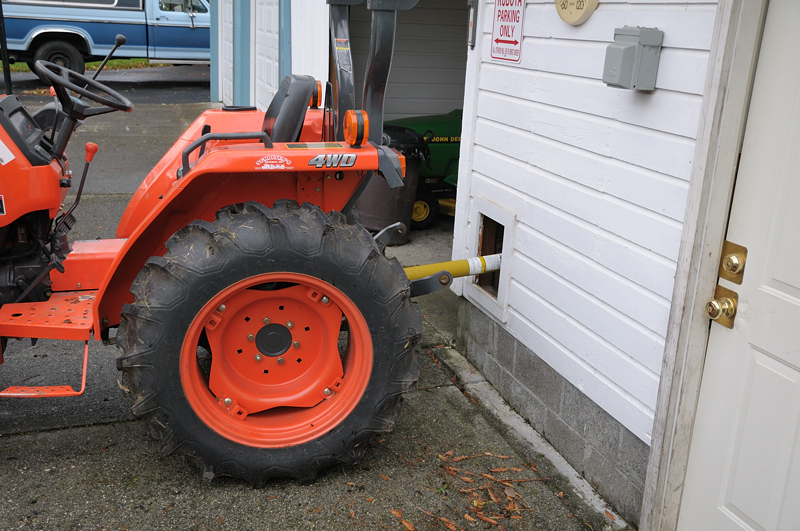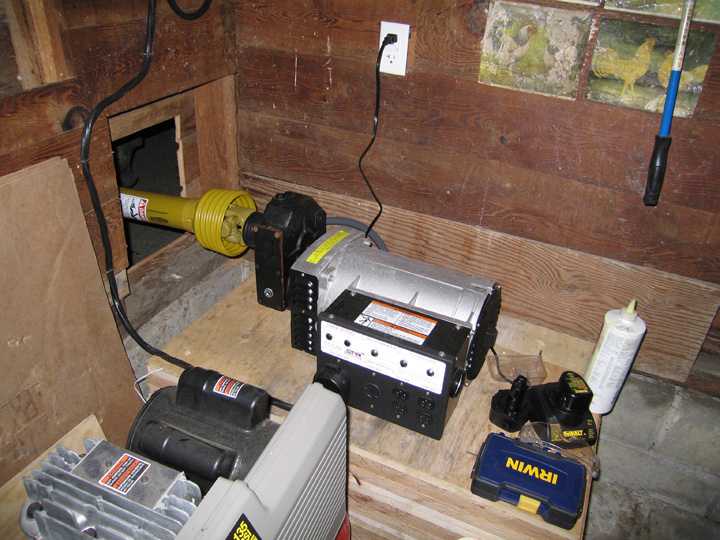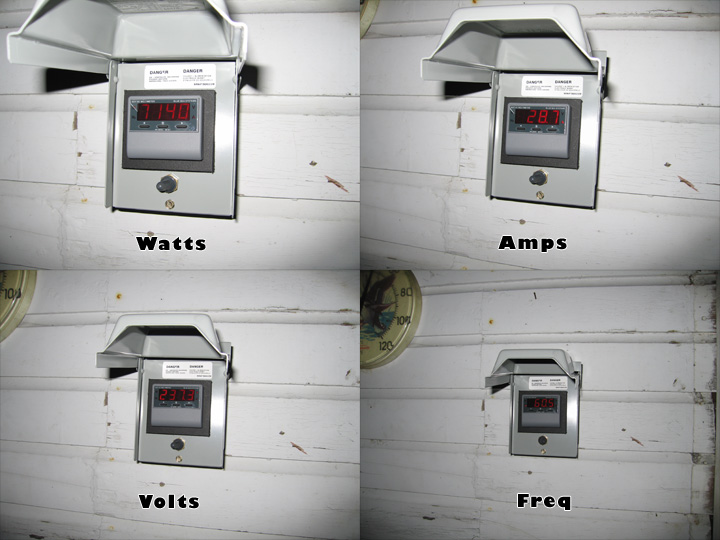The motor is a 3/4 hp motor. 3/4 of 746 = 559 watts. It was drawing 362 watts running with just a grinding wheel. The hot steel was due to the fact that I was pressing on the grinding stone hard in an attempt to load it down (it did slow) to show the current under load. The 3/4 hp motor I tested came in at 362 watts running and under load it came in at 850.
You have completely missed the point of the test.
We don't care what the motor efficiency is, we are talking about generators starting motors and generators dip when motors start. What are we talking about here, an industrial application with high hp motors running at 440 volts? No people are using PTO gens to run their homes.
Sizing Gen-Sets For Large Motor Starting | Basics content from Electrical Construction and Maintenance (EC and M) Magazine
"Let's look more closely at a motor start. Induction motors have typical starting characteristics. The curve of motor current versus speed shows that during starting, the motor draws approximately six times its full load current; this current remains high until the motor reaches about 80% of speed. This high inrush current causes a dip in generator voltage. The electric power initially required by the motor (with the motor at standstill) is about 150% of rated power. The power required by the motor peaks at about 300% of rated power and 80% of speed with full voltage applied. But, the generator set supplies less than 300% power because starting voltage is lower than full voltage during acceleration, and because the generator set's rotating inertia transfers energy to the motor."
So you're wrong, 3x is all we need. It's an accepted standard. I employ it here and I'm off the grid running inverters and calculating using 3x for years. I haven't blown a fuse or stalled a motor. So if you think that you need 100x overhead than build it into your system, I don't give a fiddle. But tell me how long you've been running off the grid?
Geeze, how many links do I have to post showing this?
You want to be argumentative, find someone else, this is getting silly, the question is how much overhead do we need to start motors.
3 times! How many more links do you need to see?
By the quote referenced, 300% at 80% of speed does not support your argument. At the initial startup, from a dead stop, the current can indeed exceed 300% of FLA. Also one is not interested in total power, it is instantaneous current that can be the limiting factor. Above a certain current, the generator field will saturate, limiting available current. The worst case scenario is with split phase motors. The high starting current limits acceleration and at the same time lugs the generator voltage. The motor never accelerates enough to trip the start switch so the motor chuggs at low speed and high current, the gen set is pulled down and if an overload does not save the day, you could fry the generator or the motor or both.
Bottom line is that 3x FLA is a good RULE OF THUMB, but peal currents at initial startup can definitely exceed that value. Just look at the motor specs I posted earlier. Will the motor start if less than the typical peak is available, most likely it will, but a few may not.
paul


